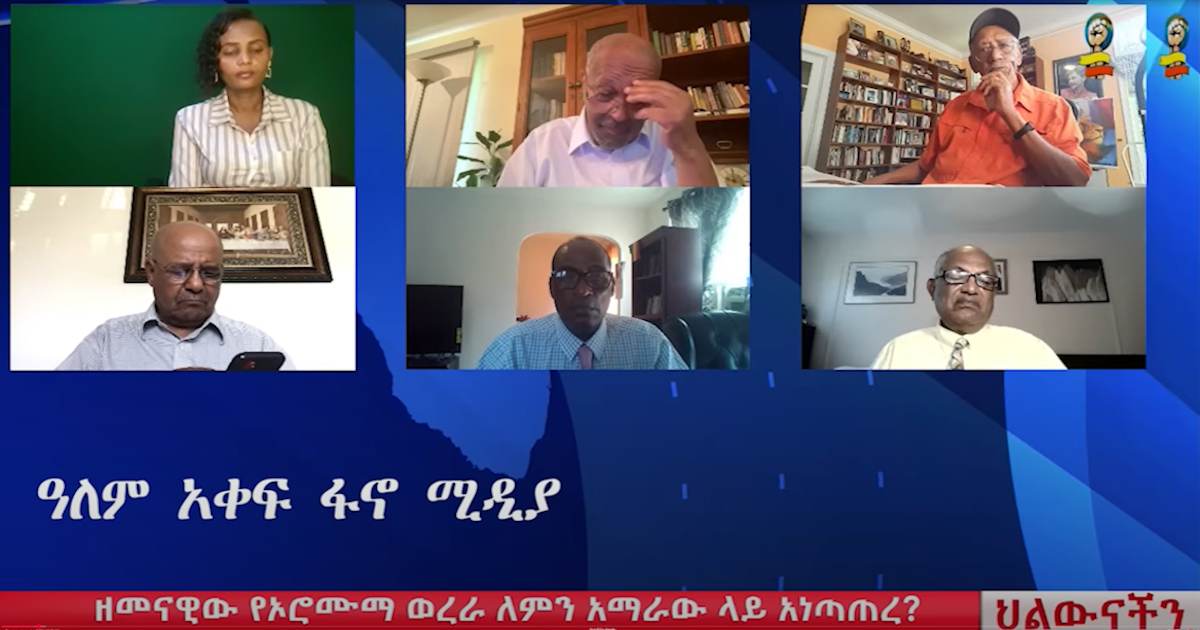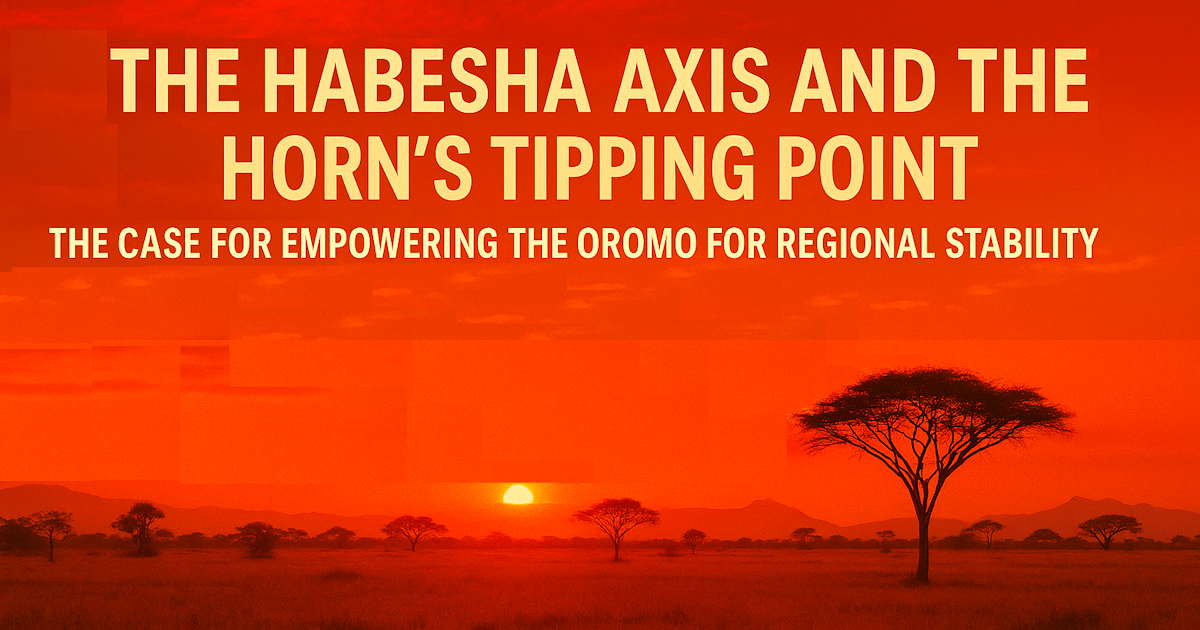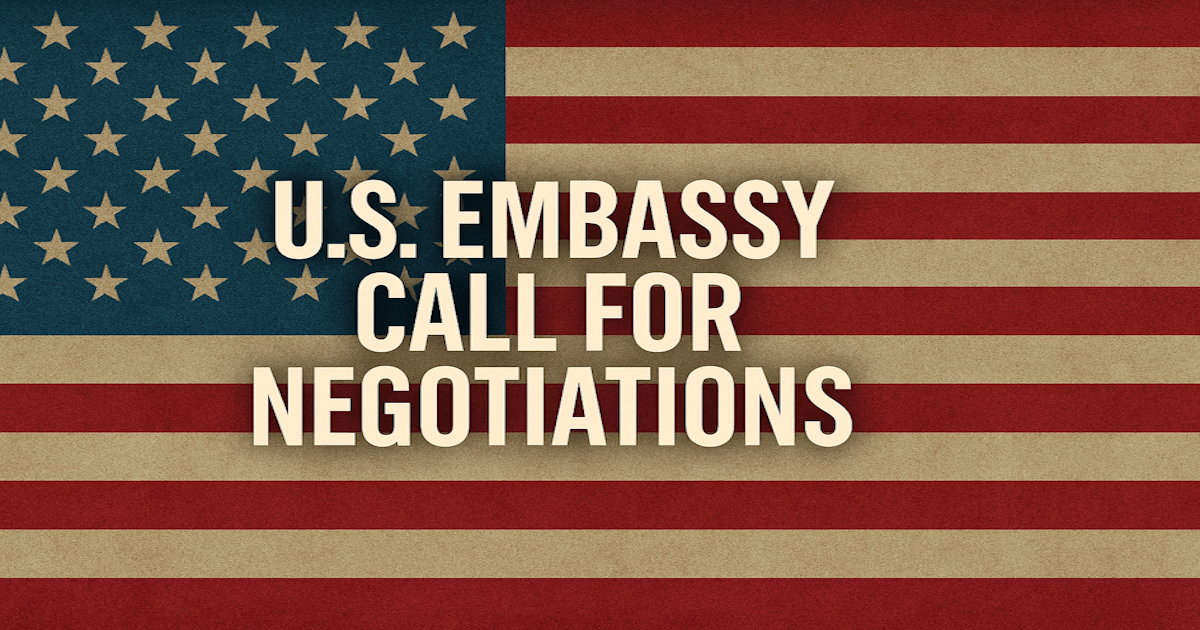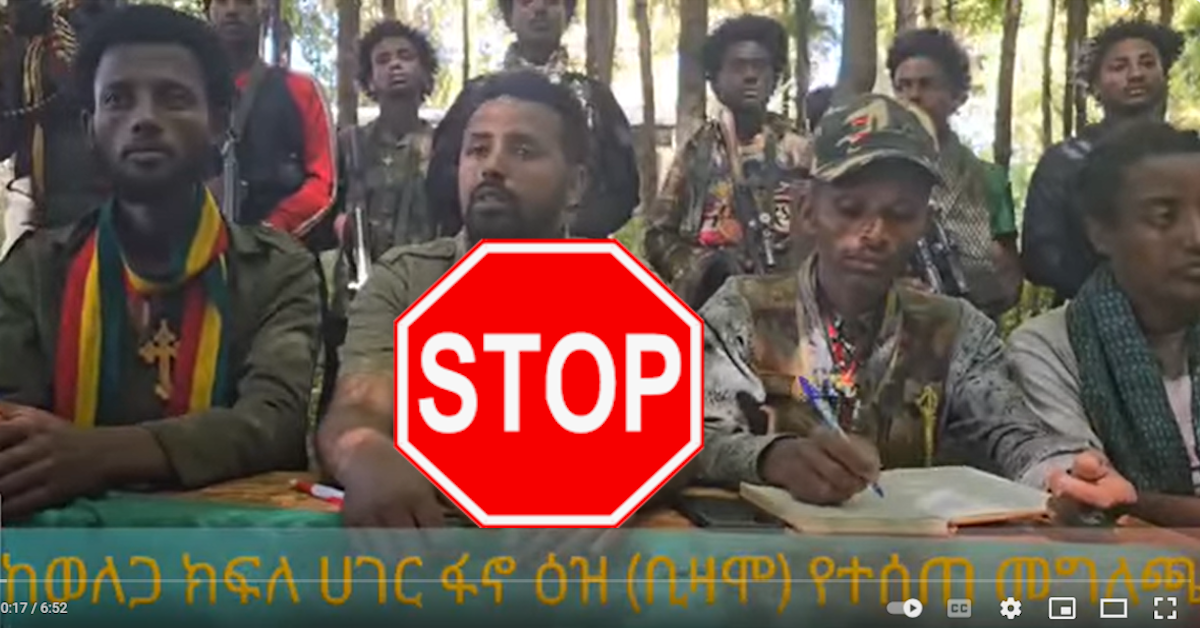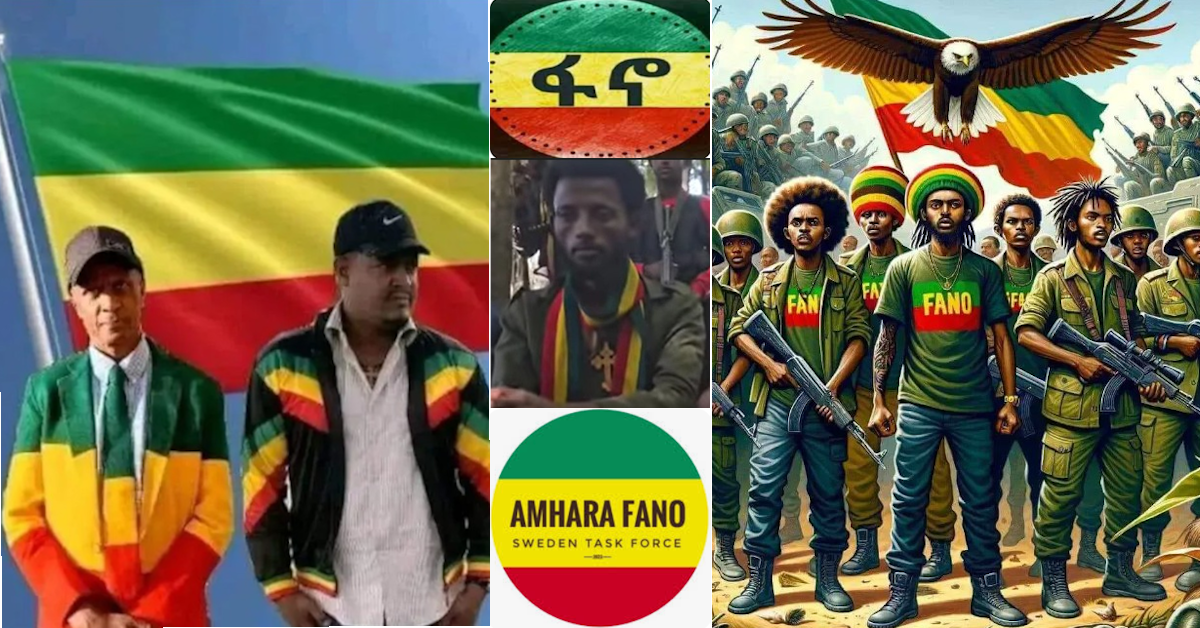The Happy Tears of One, the Anguished Tears of Thousands
Ethiopia today elevates the happy tears of an autocratic ruler above the anguished tears of thousands. As Oromia bleeds from years of massacres, displacement, and proxy wars, state media buries the truth — while in grotesque contrast, the ruler’s tears of joy receive wall-to-wall coverage. History warns us: ignored anguish always erupts into tragedy. The world must act now, before Oromia’s tears ignite into an irreversible fire.



